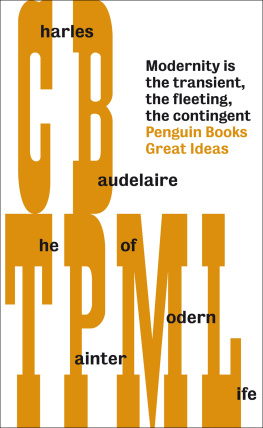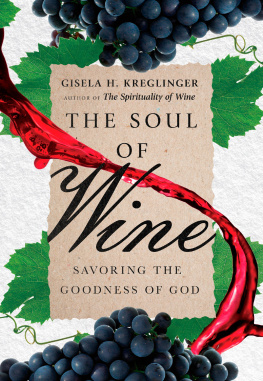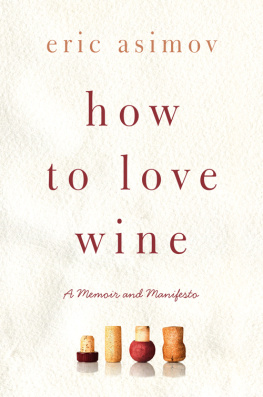OXFORD WORLDS CLASSICSTHE FLOWERS OF EVIL CHARLES BAUDELAIRE was born in Paris in 1821. His father died when Baudelaire was 5 and his mothers remarriage in 1828 had a traumatic effect on him. In 1841 his stepfather sent him on a voyage that was meant to take him to Calcutta, but the homesick and rebellious Baudelaire insisted on leaving the ship after visiting Runion and Mauritius and returned to France. In the following year he inherited 100,000 francs, which he proceeded to spend with such speed that his family appointed a lawyer to manage his fortune. Constantly in debt, Baudelaire led a life increasingly marked by poverty, disorder, and illness, though he remained something of a dandy, known to his friends for his elegance of taste, dress, and expression. He was an active, discerning critic of contemporary painting and an enthusiastic translator and promoter of the work of Edgar Allan Poe.
His major work, The Flowers of Evil, published in 1857, was prosecuted for outrage to public decency. Ordered by the court to suppress six of the poems, Baudelaire revised and enlarged the collection and republished it in 1861. Meanwhile, he wrote a number of ironic and allegorical prose poems, collected after his death as Paris Spleen or Short Poems in Prose. In 1864 he went to lecture in Belgium in the vain hope of earning money and establishing his fame. In 1866 he suffered a series of strokes, leading to paralysis and aphasia, and was brought back to Paris, where he died in 1867. In addition to The Flowers of Evil and the prose poems, his works include studies of intoxicants and numerous essays on painting, caricature, and contemporary literature.
JAMES MCGOWAN is Professor of English, Illinois Wesleyan University, Bloomington, Illinois. His published works include a collection of poems, Each OtherWhere We Are (1978, 1980), and 66 Translations from Charles Baudelaires Les Fleurs Du Mal (1985). He also co-edited Benchmark: An Anthology of Illinois Poetry (1988). JONATHAN CULLER is the author of numerous studies of French literature and literary theory, including Flaubert: The Uses of Uncertainty (1974), Structuralist Poetics (1975), On Deconstruction (1982), Framing the Sign (1988), and Literary Theory: A Very Short Introduction (1997). Professor of English and Comparative Literature at Cornell University, Ithaca, NY, he is completing a study of Baudelaire, entitled The Devils Part: Baudelaires Poetry. OXFORD WORLDS CLASSICSFor almost 100 years Oxford Worlds Classics have brought readers closer to the worlds great literature.
Now with over 700 titles from the 4,000-year-old myths of Mesopotamia to the twentieth centurys greatest novels the series makes available lesser-known as well as celebrated writing. The pocket-sized hardbacks of the early years contained introductions by Virginia Woolf T. S. Eliot, Graham Greene, and other literary figures which enriched the experience of reading. Today the series is recognized for its fine scholarship and reliability in texts that span world literature, drama and poetry, religion, philosophy, and politics. Refer to the to navigate through the material in this Oxford Worlds Classics ebook. Refer to the to navigate through the material in this Oxford Worlds Classics ebook.
Use the asterisks (*) throughout the text to access the hyperlinked Explanatory Notes.OXFORD WORLDS CLASSICS CHARLES BAUDELAIRE
CHARLES BAUDELAIRE
The Flowers of Evil
 Translated with Notes by
Translated with Notes by
JAMES McGOWAN
With an Introduction by
JONATHAN CULLER

Great Clarendon Street, Oxford 0X2 6DP Oxford University Press is a department of the University of Oxford.
It furthers the Universitys objective of excellence in research, scholarship,
and education by publishing worldwide in Oxford New York Athens Auckland Bangkok Bogot Buenos Aires Calcutta
Cape Town Chennai Dar es Salaam Delhi Florence Hong Kong Istanbul
Karachi Kuala Lumpur Madrid Melbourne Mexico City Mumbai
Nairobi Paris So Paulo Singapore Taipei Tokyo Toronto Warsaw with associated companies in Berlin Ibadan Oxford is a registered trade mark of Oxford University Press
in the UK and in certain other countries Published in the United States
by Oxford University Press Inc., New York Translation and Notes James McGowan 1993 Introduction, Note on the Text, Select Bibliography, and Chronology
Jonathan Culler 1993 Database right Oxford University Press (maker) First published as a Worlds Classics paperback 1993
Reissued as an Oxford Worlds Classics paperback 1998 All rights reserved. No part of this publication may be reproduced, stored in a retrieval system, or transmitted, in any form or by any means, without the prior permission in writing of Oxford University Press, or as expressly permitted by law, or under terms agreed with the appropriate reprographics rights organizations. Enquiries concerning reproduction outside the scope of the above should be sent to the Rights Department, Oxford University Press, at the address above You must not circulate this book in any other binding or cover
and you must impose this same condition on any acquirer British Library Cataloguing in Publication Data Data available Library of Congress Cataloging in Publication Data
Baudelaire, Charles, 18211867.
[Fleurs du mal. English]
The flowers of evil/Charles Baudelaire; translated by James McGowan;
with an introduction by Jonathan Culler, p. cm.(Oxford worlds classics) I. II. Title. III. Series. Series.
PQ2191.F6E5 1993 841.8dc20 9228008 ISBN 0192835459 3 5 7 9 10 8 6 4 Printed in Great Britain by
Cox & Wyman Ltd.
Reading, Berkshire
CONTENTS
INTRODUCTION
I
Les Fleurs du Mal, the most celebrated collection of verse in the history of modern poetry, first appeared on the horizon in 1845 in an advertisement on a book cover: To be published shortly:
The Lesbians by Baudelaire-Dufas. Charles Baudelaire, who was trying out different versions of his name (Dufas was his mothers name), was a 24-year-old man of letters who had published only one poem. The announcement of
The Lesbians was repeated on several book covers in 1846 and 1847, including that of Baudelaires own substantial pamphlet reviewing the annual art exhibit,
The Salon of 1846. By 1848 the title had changed to
Limbo, whose publication was announced as imminent, and in 1850 and 1851 some poems from the future
Flowers of Evil were published as extracts from
Limbo. Finally in 1855 the
Revue des deux mondes printed eighteen poems under the title,
Les Fleurs du Mal, and the complete collection appeared in 1857. The evolution of titles is certainly intriguing.
Why The Lesbians?The Flowers of Evil contains only three poems that obviously fit this title: Lesbos and the two Condemned Women. It is very unlikely that Baudelaire had written others which were then abandoned, though of course he might have planned a substantial sequence. Marcel Proust, a great admirer of Baudelaires poetry, wondered how he could have been so especially interested in lesbians to go as far as wanting to use their name as the title of his whole splendid collection. Baudelaires three lesbian poems offer some answers. His lovers are presented as adventurers into the unknown, explorers of forbidden love, seekers of the infinite, driven by overwhelming passion: This fierce and moaning monster nothing can assuage, declares Hippolyta (Condemned Women: Delphine and Hippolyta). They suffer the condemnation of men and God and, more than that, the lacerations of passion itself.
Next page














 CHARLES BAUDELAIRE
CHARLES BAUDELAIRE
 Great Clarendon Street, Oxford 0X2 6DP Oxford University Press is a department of the University of Oxford.
Great Clarendon Street, Oxford 0X2 6DP Oxford University Press is a department of the University of Oxford.